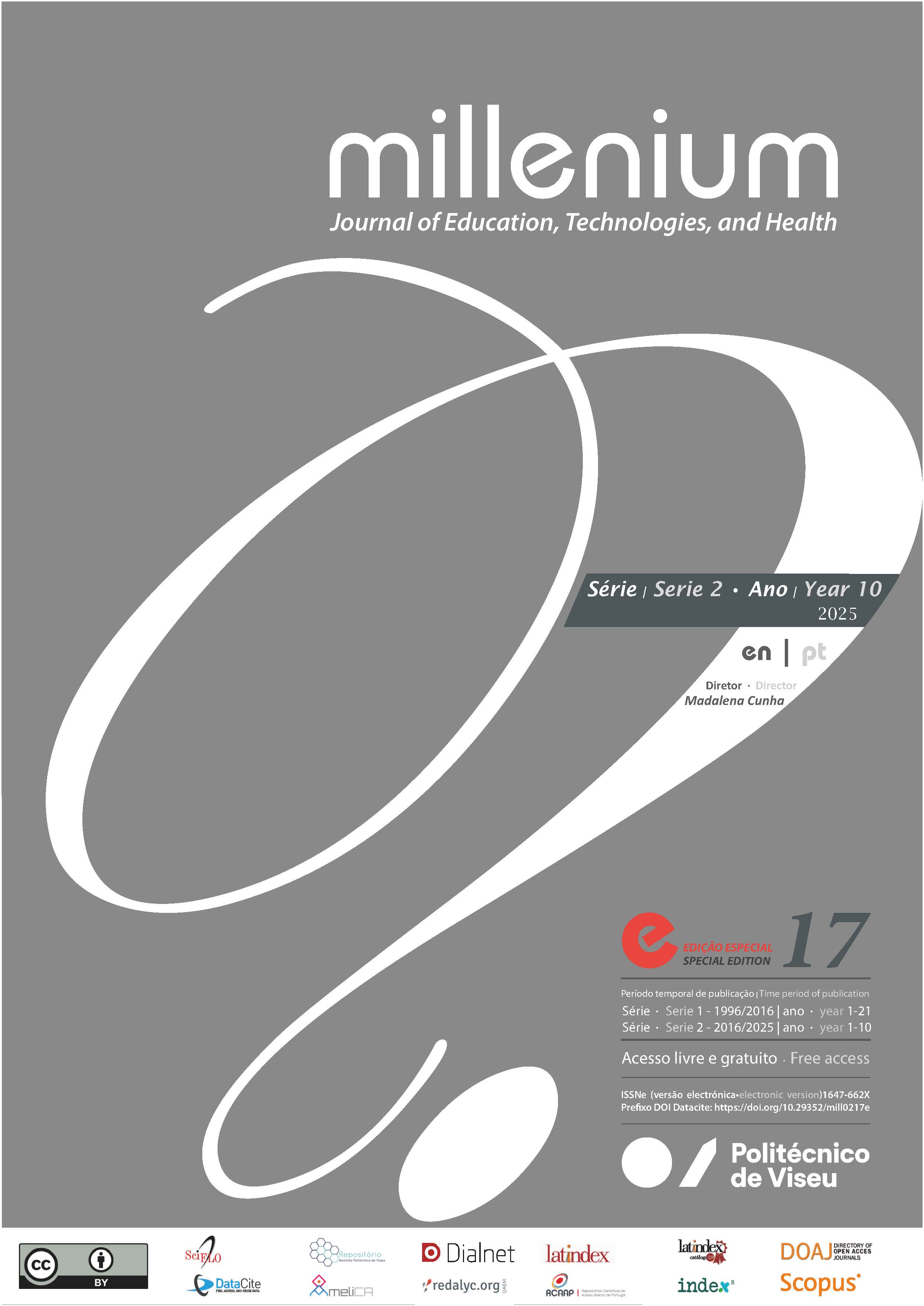Factors that impact leg ulcer healing
DOI:
https://doi.org/10.29352/mill0217e.38852Keywords:
leg ulcer; risk factors; clinical assessment; healingAbstract
Introduction: It is important to demystify the concept that Leg Ulcers (LU´s) do not heal, as there is a wide variation in healing times depending on the literature consulted. A holistic assessment of the patient is essential, identifying the factors that can enable early intervention and thus improve results.
Objetive: To identify the factors that have an impact on LU healing.
Methods: A quantitative, descriptive-correlational study, with data collected from a non-randomized convenience sample in two complex wound care units in the central region of Portugal, between January 2021 and December 2022.
Results: The median healing time for LU is 67 days. The variables with the greatest impact on healing were: mixed ulcer (b=0.36; B=69.23 days); length between 10 and 15 cm (b=0.26; B=66.4 days); lower location (b=0.17; B=28.78 days), sign of lipodermatosclerosis or white atrophy (b=0.17; B=24.47 days); and use of antibiotics in previous months (b=0.13; B=25.29 days).
Conclusion: Ulcers become chronic due to the presence of inhibitory factors that impair healing. Identifying these barriers should be the starting point for care planning. There were 7 clinical variables identified as having an impact on healing (mixed ulcer, ulcer length, lower location, signs of lipodermatosclerosis or white atrophy and antibiotic use) which should be considered when planning clinical intervention and by academia in future research.
Downloads
References
Chan, K. S., Lo, Z. J., Wang, Z., Bishnoi, P., Ng, Y. Z., Chew, S., Chong, T. T., Carmody, D., Ang, S. Y., Yong, E., Chan, Y. M., Ho, J., Graves, N., & Harding, K. (2023). A prospective study on the wound healing and quality of life outcomes of patients with venous leg ulcers in Singapore-Interim analysis at 6-month follow up. International Wound Journal, 20(7), 2608-2617. https://doi.org/10.1111/iwj.14132
Kruszewska, K., Wesolowska-Gorniak, K., & Czarkowska-Paczek, B. (2021). Venous leg ulcer healing time is increased with each subsequent bacterial strain identified in the ulcer: A retrospective study. Phlebology, 36(4), 275-282. https://doi.org/10.1177/0268355520961945
Maeseneer, M., Kakkos, S., Aherne, T., Baekgaard, N., Black, S., Blomgren, L., Giannoukas, A., Gohel, M., Graaf, R., Hamel-Desnos, C., Jawien, A., Jaworucka-Kaczorowska, A., Lattimer, C., Mosti, C., Noppeney, T., Rijn, M., & Stansby, G. (2022). European Society for Vascular Surgery (ESVS) 2022 Clinical Practice Guidelines on the Management of Chronic Venous Disease of the Lower Limbs. European Journal of Vascular and Endovascular Surgery, 63(2), 184-267. https://doi.org/10.1016/j.ejvs.2021.12.024
Millan, S., Gan, R., & Townsend, P. (2019). Venous ulcers: Diagnosis and treatment. American Family Physician, 100(5), 298-305. https://www.aafp.org/dam/brand/aafp/pubs/afp/issues/2019/0901/p298.pdf
Parreira, A., & Marques, R. (2017). Feridas: Manual de boas práticas. Lidel – Edições Técnicas, Lda.
Raffetto, J., Ligi, D., Maniscalco, R., Khalil, R., & Mannello, F. (2021). Why venous leg ulcers have difficulty healing: Overview on pathophysiology, clinical consequences, and treatment. Journal of Clinical Medicine, 10(1), 29. https://doi.org/10.3390/jcm10010029
Wounds International. (2023). Wound balance: Achieving wound healing with confidence. Wounds International. www.woundsinternational.com
Wounds UK. (2024). Best Practice Statement: Primary and secondary prevention in lower leg wounds. Wounds UK. https://wounds-uk.com/best-practice-statements/primary-and-secondary-prevention-in-lower-leg-wounds/
Wounds UK. (2022). Best Practice Statement: Holistic management of venous leg ulceration (2ª ed.). Wounds UK. https://wounds-uk.com/best-practice-statements/holistic-management-of-venous-leg-ulceration/
Zegarra, T. I., & Tadi, P. (2023). CEAP Classification Of Venous Disorders. Em StatPearls. StatPearls Publishing. http://www.ncbi.nlm.nih.gov/books/NBK557410/
Downloads
Published
How to Cite
Issue
Section
License
Copyright (c) 2024 Millenium - Journal of Education, Technologies, and Health

This work is licensed under a Creative Commons Attribution 4.0 International License.
Authors who submit proposals for this journal agree to the following terms:
a) Articles are published under the Licença Creative Commons (CC BY 4.0), in full open-access, without any cost or fees of any kind to the author or the reader;
b) The authors retain copyright and grant the journal right of first publication, allowing the free sharing of work, provided it is correctly attributed the authorship and initial publication in this journal;
c) The authors are permitted to take on additional contracts separately for non-exclusive distribution of the version of the work published in this journal (eg, post it to an institutional repository or as a book), with an acknowledgment of its initial publication in this journal;
d) Authors are permitted and encouraged to publish and distribute their work online (eg, in institutional repositories or on their website) as it can lead to productive exchanges, as well as increase the impact and citation of published work
Documents required for submission
Article template (Editable format)





